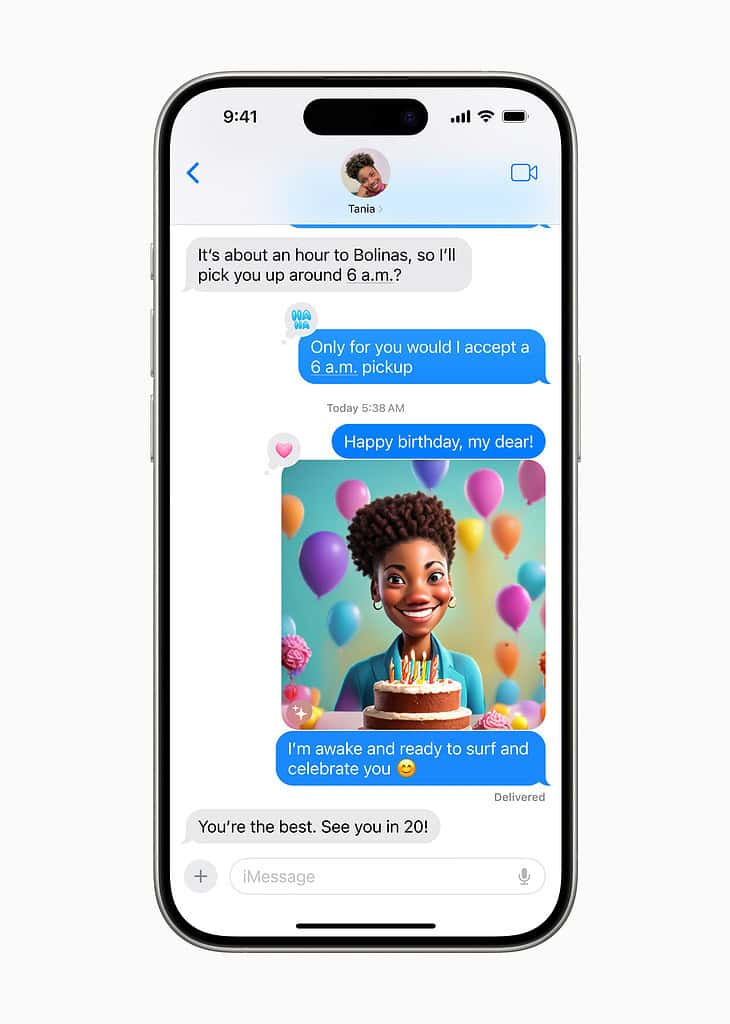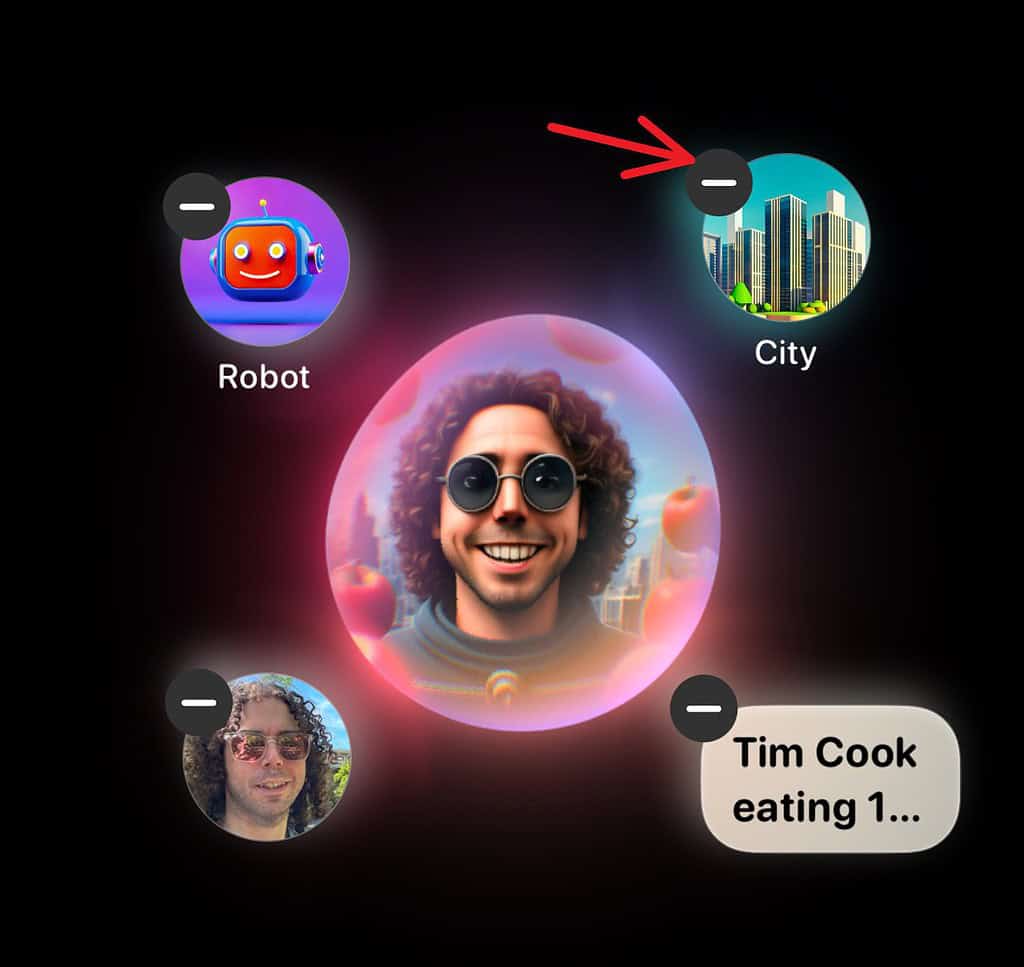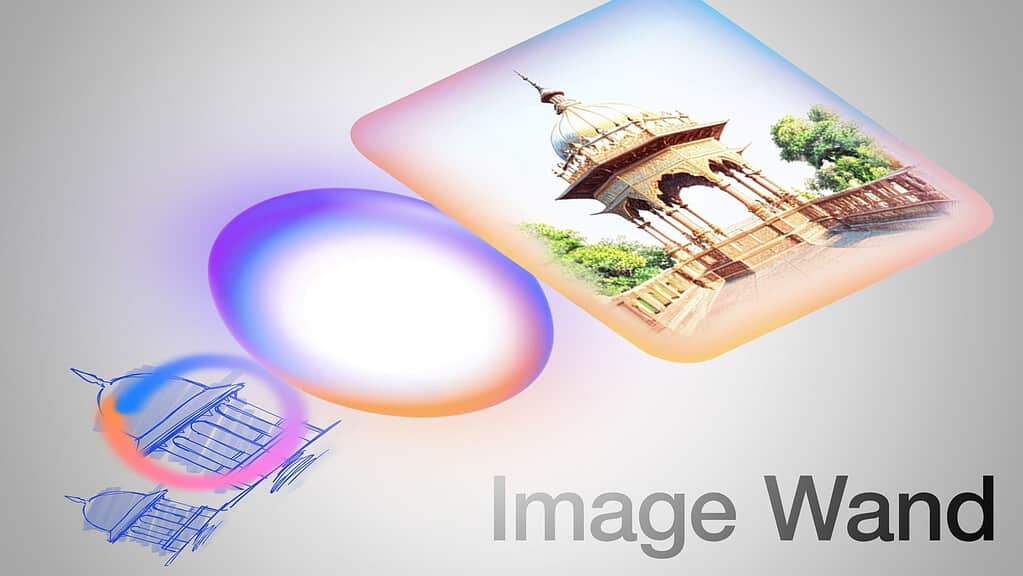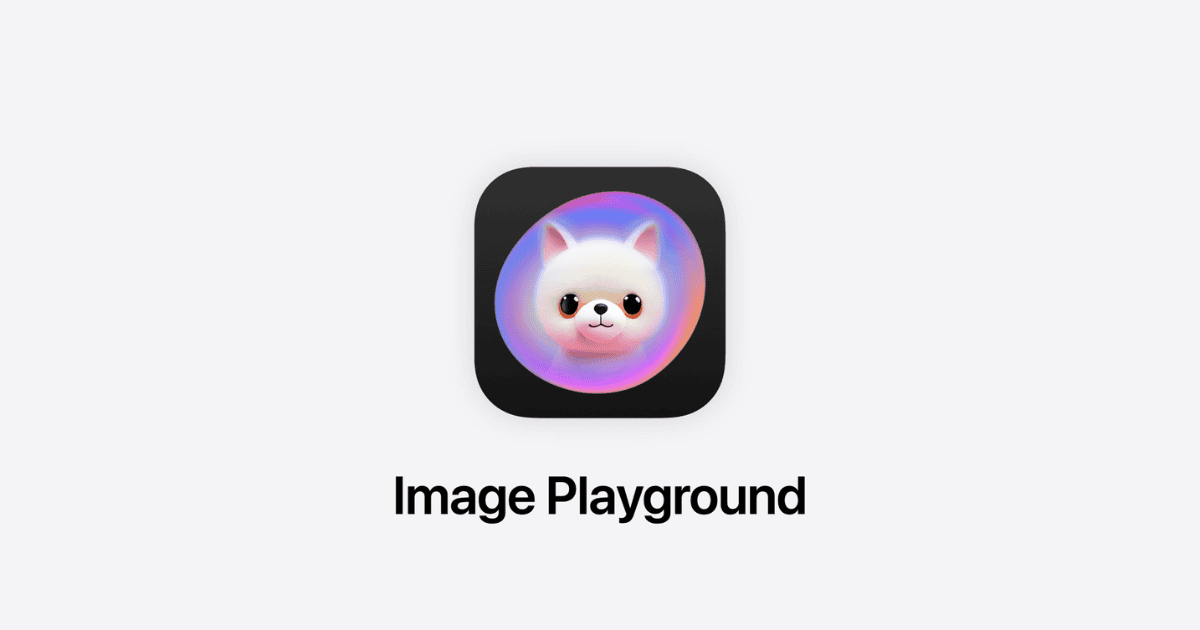As is widely known at this point, Apple Intelligence’s features are being released in stages. In iOS 18.2, the major additions are imaging tools. If you want to know how to use one of them, Image Playground, you’ve come to the right place.
Image Playground in iOS 18.2: How To Use the Tool
With the public release of iOS 18.2, Image Playground is finally reaching wider availability. It’s very simple to use the feature, but before beginning, know that there are two ways of finding it.
Image Playground is accessible as a standalone app that you can open just like any other. It’s also available as a shortcut inside Messages.
Inside Messages

Starting with the latter, you can open Image Playground by clicking the “+” icon to the left of the writing field. It’s the same place you go to share stickers, photos, or files in general.
From there, you can use the app just like if you had opened it from your home screen. To learn about that, let’s move to the next section.
In the Image Playground App
You can also open Image Playground from your app list. The initial screen features an input field for text prompts, some suggestions above it, and a couple of buttons.
The leftmost one allows you to select people from your photos to turn into drawings. You can also “create” one, pretty much like you would make a The Sims character.
The “+” sign reveals additional options. There are settings for drawing style, and you can also select other images from your gallery as a starting point.
Refining the Outcome

Suggestions display options like themes for generated images, costumes to wear (when creating a picture of someone), and so on. You can see additional customizations by clicking Show More.
It’s possible to combine multiple of these in the same image. You can also remove the selected suggestions: they float around the preview area. Tap the “-” sign, and they’ll be gone.
When Image Playground displays the created images, you can rate them with the thumbs up/thumbs down buttons. This helps the machine learning algorithm understand which results fit your description and your preferences. Remember, however, that the app doesn’t create a single picture. If the first one isn’t good enough, swipe until finding one you like. It creates new images in real time while you browse the already available ones.
How To Use Image Playground With Prompts

One feature that distinguishes Image Playground from other image-generating AIs is how you “ask” for the desired picture. Competitors like Dall-E and ImagineArt require you to start with a text description and then refine the output from there. With Image Playground, you can start with a text prompt if you want, but there are other ways as well.
In any case, it’s important to remember that AI tools aren’t perfect. Knowing how to refine prompts is a fundamental step when you use Image Playground — or any generative AI platform.
The Issue With Image Continuity
In general, it’s a hit-and-miss situation. One of the main issues, at least in my experience, is the lack of continuity between images. For text outputs, like a ChatGPT conversation, you can ask the AI to refine one or two aspects. It will (usually) do that while leaving the rest of the answer intact. For images, this works differently.

Let’s say you received an image from Image Playground that you generally like but want to add a minor detail about. If you ask it, either via text or with the available options, to add that detail, you’ll get a new, different image. It may even resemble the previous one, but it won’t be the same. As you can see above, at least in Microsoft Copilot, this happens even if you explicitly request the same image.
The best course of action, in these cases, is saving the “almost perfect” picture and then editing it in a separate app. You’ll likely need to ask Image Playground to create a drawing of the specific element you want to add. After that, use your preferred editing tool to add this element to the first image.
Beyond Image Playground: Other Apple Intelligence Features in iOS 18.2

The previous section ended a bit somber, so let’s get back to the good things. Image Playground is just one of Apple Intelligence’s imaging features introduced in iOS 18.2.
There’s Genmoji, too, that creates emojis if no existing one depicts what you want to express. Also, if your sketches are great but your drawings are not so good, Image Wand does the heavy lifting for you.
Visual Intelligence, while not exactly an imaging tool, uses your iPhone’s camera to display relevant information about your surroundings. Keep in mind, though, that this is only available for devices in the iPhone 16 line. And, regarding Apple Intelligence in general, Siri can now ask ChatGPT for help if your request proves too challenging.

Even though it works differently from most other image-generation AI tools, Image Playground is quite easy to use. If your iPhone supports it, why don’t you give Image Playground a try now that you know how to use it? Or, if you’re not fond of AI, you can check other iOS 18.2 features that don’t require it.
